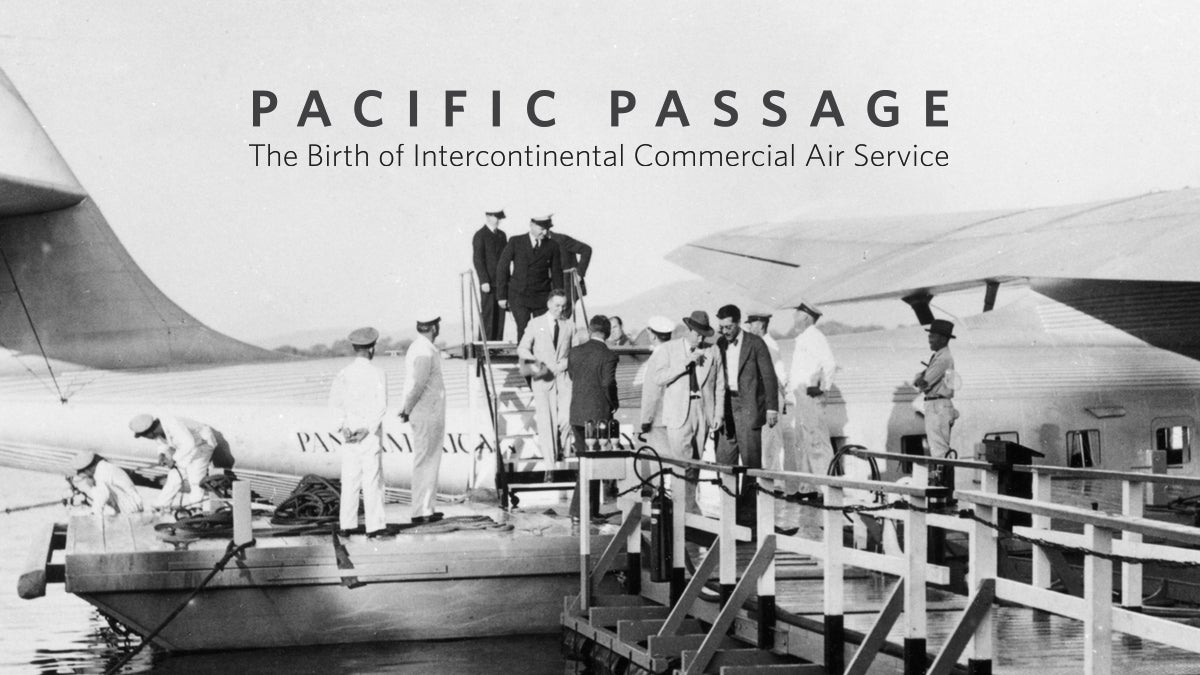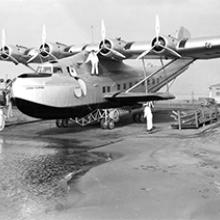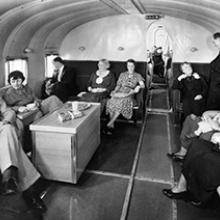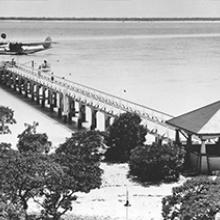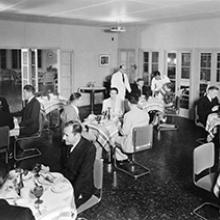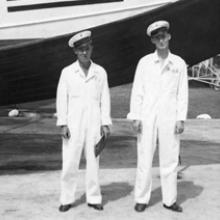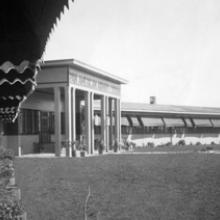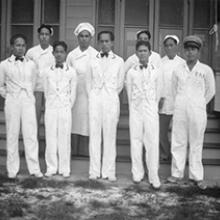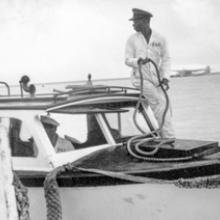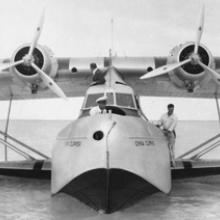Pacific Passage: The Birth of Intercontinental Commercial Air Service
Pacific Passage: The Birth of Intercontinental Commercial Air Service
Pan American Airways introduced the world's first transoceanic airplane passenger service in 1936, and it did so in the Pacific. The airline had opened its route from San Francisco (Alameda) to Manila the previous year with a mail flight. Having conquered the formerly commercially un-flyable Hawai'i Sector, Pan Am built bases at Honolulu, Midway Island, Wake Island, Guam, Manila, and Hong Kong.
Seven intrepid travellers purchased tickets for that first revenue passenger flight across the Pacific, which departed on October 21, 1936. With service extended to Hong Kong in 1937, the round trip airfare to China was $1,937—today's equivalent of $30,850. A ticket included all meals, a berth aloft, and overnight hotel accommodations at the mid-Pacific island bases. Each way took six days with more than seventy hours of flying time. Building on that pioneering achievement over the last seven decades, air service between North America and Asia now takes little more than half a day.
The Pacific Passage exhibition presents twenty-one black and white photographs depicting the passenger experience in the very first days of intercontinental air travel. Many of these selected images are from private family albums and have never before been viewed publicly.
